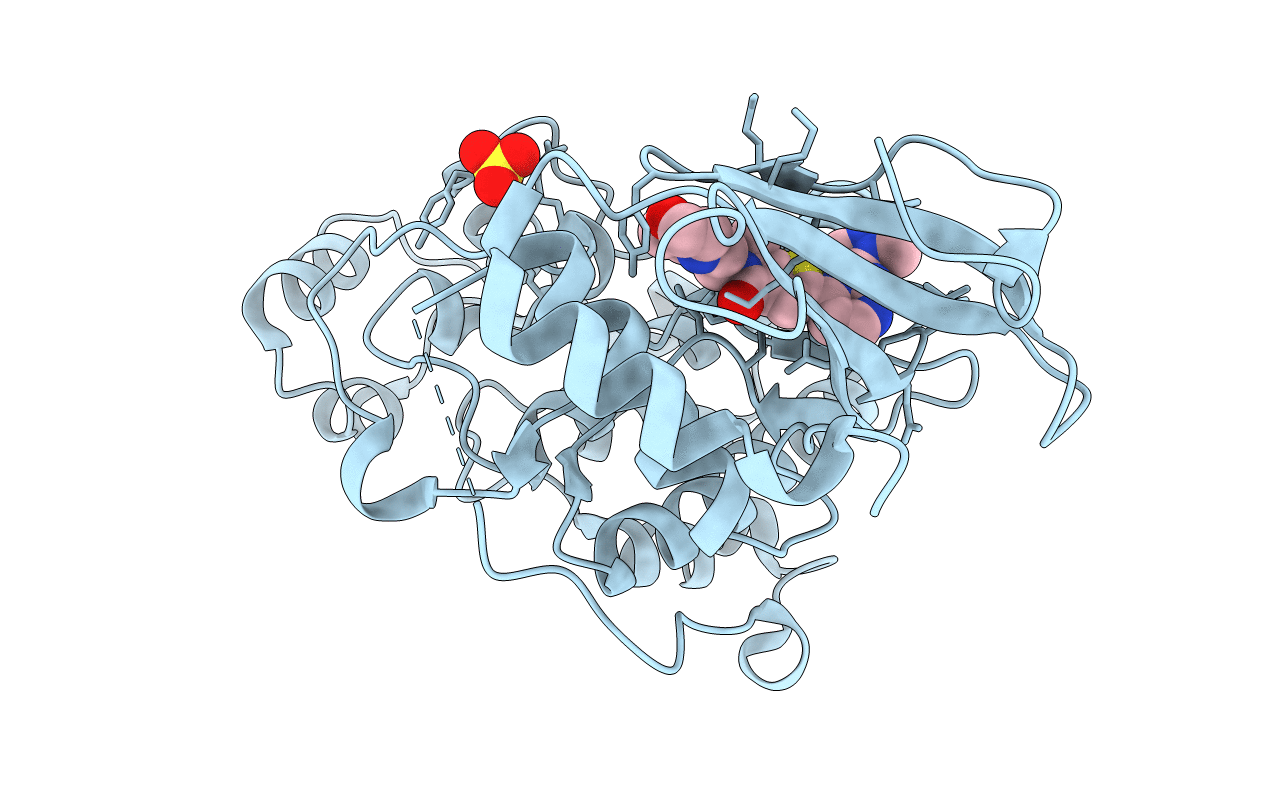
Deposition Date
2019-05-15
Release Date
2019-12-04
Last Version Date
2024-11-06
Method Details:
Experimental Method:
Resolution:
1.96 Å
R-Value Free:
0.23
R-Value Work:
0.17
R-Value Observed:
0.17
Space Group:
P 1 21 1


